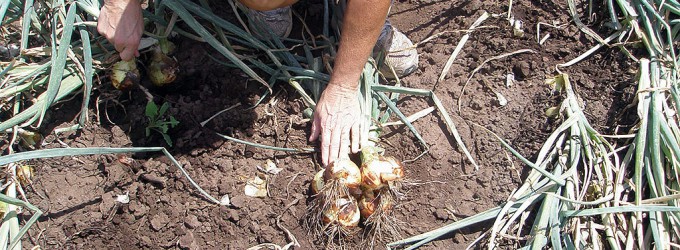
Alex Podolinsky was the first to document, in the 1950s, the differences between natural and unnatural feeding of plants – this knowledge is the key to mastering BD growing methods.
Two root types
Plants use different types of roots for ‘breathing’ and ‘feeding’.
The thicker, more upright, roots are used for transpiration – plants must continuously take up water from the soil to replace water lost from the leaves, just as animals must breath to replenish oxygen.
The finer, white, hair roots are used for feeding – plants can take in nutrients from the soil humus when the warmth from the sun tells them to feed.
Natural feeding
In a natural environment, and with correctly managed BD and organic soils, transpiration and feeding occur as two independent processes.
The soil water is relatively free of dissolved nutrients, and the colloidal soil humus contains nutrients in a soluble state – plants can breath & feed naturally.
Plants grow upright with a healthy green colour and are resistant to pests and diseases.
Unnatural feeding
When artificial fertilisers, raw manure, or poorly made composts are used the nutrients are dissolved in the soil water. The plants are forced to feed continuously as they transpire – they can’t metabolise all the extra nutrients and cells become over-filled and bloated.
Photosynthesis is adversely affected and the fine feeder roots are impaired and often destroyed.
Plants grow too fast, are a darker green and are more susceptible to pests and diseases. They also have less nutritional value, don’t taste as good and can’t be kept for as long.
Importance of good humus
This brings us back to the fundamental principle of Demeter bio-dynamics – production of good humus in the soil is essential.
The Australian Demeter Bio-Dynamic Method of agriculture is the most ecological method of farming available on Earth today. The method is not simply a replacement of synthetic chemicals and artificial fertilisers with ‘organic’ substitutes. Instead, the farmer must learn to think and work biologically. – Australian Demeter Bio-Dynamic Biological-Dynamic (booklet)